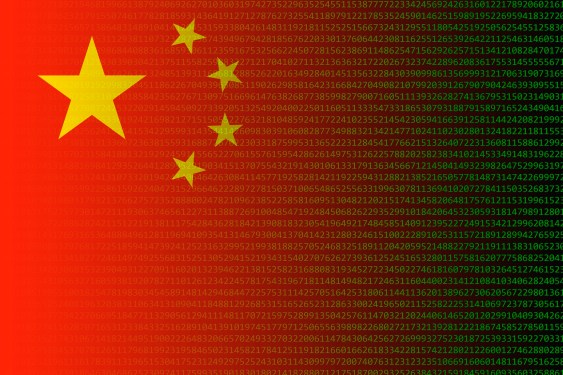China’s AI Censorship: Unveiling the High-Tech Repression Machine

In a striking revelation, a leaked dataset has disclosed that China has constructed a sophisticated AI censorship apparatus that enhances its long-standing control over online discourse. This AI system, leveraging expansive machine learning capabilities, has been trained on over 133,000 instances of content flagged for sensitivity by the Chinese government. These examples encompass a range of grievances, from rural poverty to corruption within local police forces.
While it primarily targets Chinese citizens, experts warn that the implications could extend further, raising concerns over the use of AI to bolster the existing efforts that suppress dissent. Xiao Qiang, a researcher specializing in Chinese censorship at UC Berkeley, emphasized that these developments represent “clear evidence” of the government’s intent to harness AI for oppressive means.
Traditional censorship in China has relied on human operatives who filter content based on specific keywords. However, by utilizing a large language model (LLM), the efficiency of censorship could be markedly improved. As Qiang pointed out, this would allow for a more nuanced approach to information control, potentially enabling the state to identify more subtle forms of dissent.
The surge in AI-driven censorship aligns with a global pattern where authoritarian regimes hungrily adopt advancing technologies for surveillance and suppression. Earlier this year, OpenAI reported that various Chinese entities exploited LLMs to monitor and respond to anti-government sentiments, with efforts increasing as technology progresses.
The Chinese embassy in Washington vehemently denied allegations of abuse regarding technology, claiming a commitment to ethical AI practices. However, the dataset’s discovery raises significant questions about its origins and the intentions behind its construction. The dataset, identified by security researcher NetAskari, was stored in an unsecured database, hinting at potential oversight lapses in data management protocols.
Detailed within the dataset are directives that prioritize content related to politically sensitive topics, including environmental scandals and economic strife—issues often at the heart of public unrest. Within the flagged material, references to local police corruption starkly highlight the growing frustration of entrepreneurs grappling with authority misuse. Notably, a reference to a business owner’s complaints illustrates a broader narrative of discontent that could spark societal tensions.
More alarming is the inclusion of topics concerning military matters and Taiwan, with the dataset referencing Taiwan over 15,000 times. This reflects a targeted effort to stifle narratives that may challenge the government’s stance or provoke dissent, especially regarding sensitive geopolitical dynamics.
As China continues to assert its narrative through AI, experts such as Michael Caster from the rights organization Article 19 caution that this could lead to a chilling effect on public discourse. With the Chinese government perceiving the internet as a critical battlefield in the information war, this new layer of AI censorship signifies an escalation in their efforts to monitor, control, and suppress dissenting voices.
As AI technologies evolve, so too does the sophistication of state-led censorship, posing challenges not just domestically but also raising concerns for international human rights advocates. The implications of these developments extend far beyond China’s borders, creating a ripple effect that could influence global approaches to AI governance and freedom of expression.
